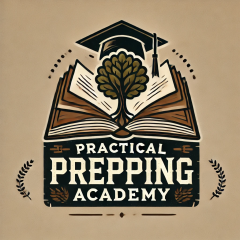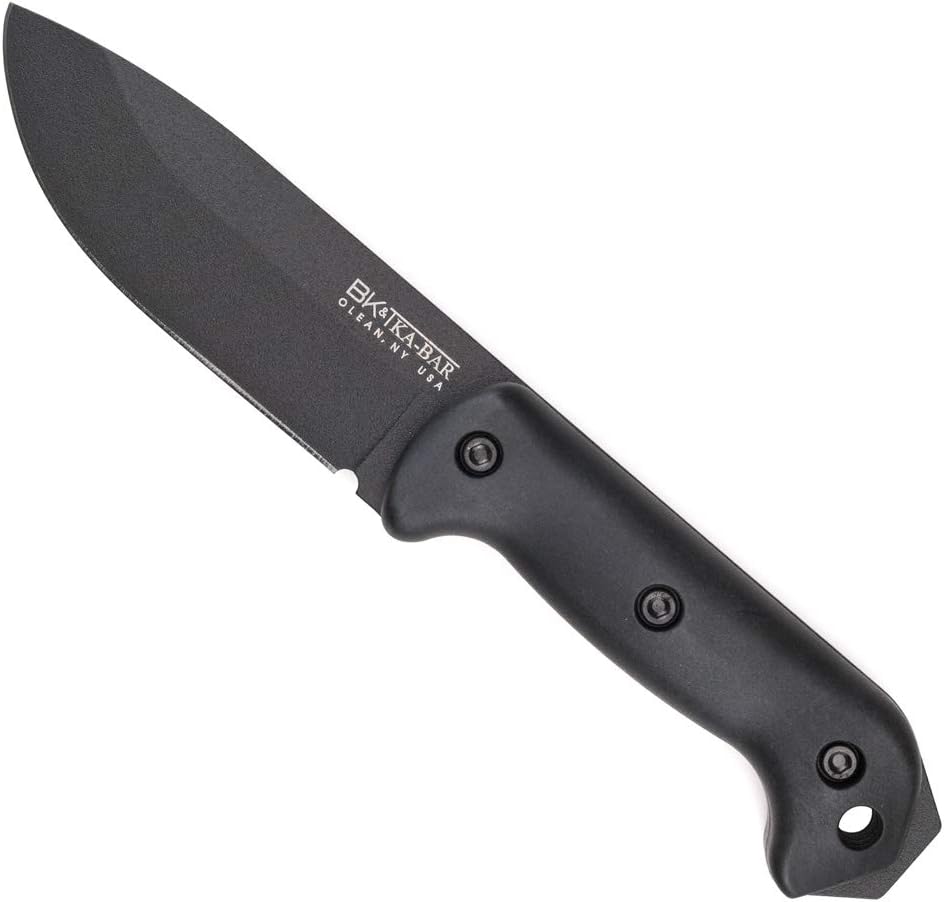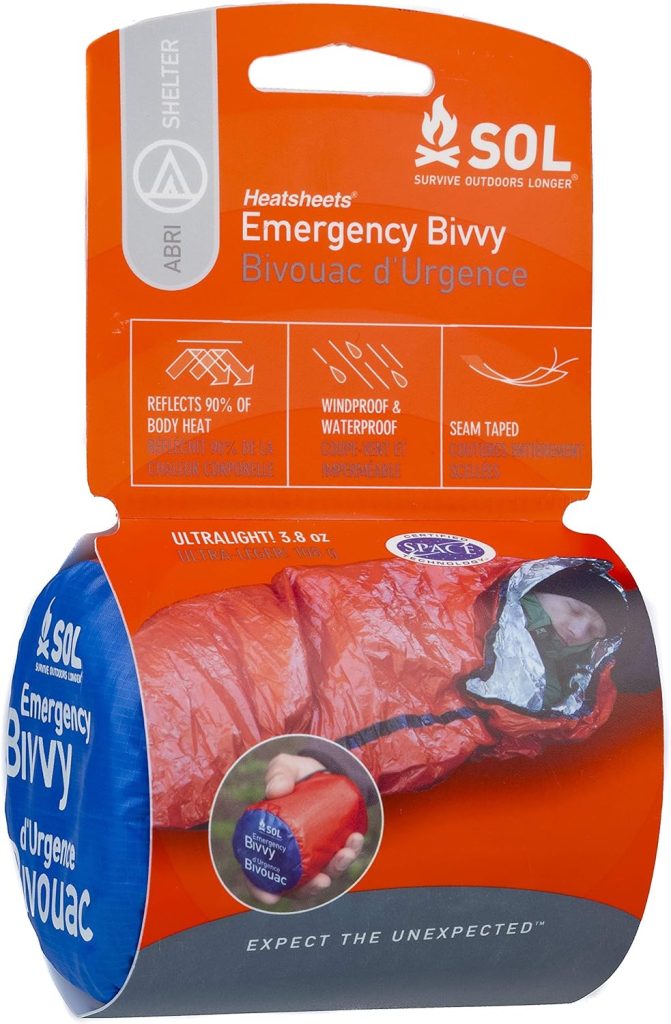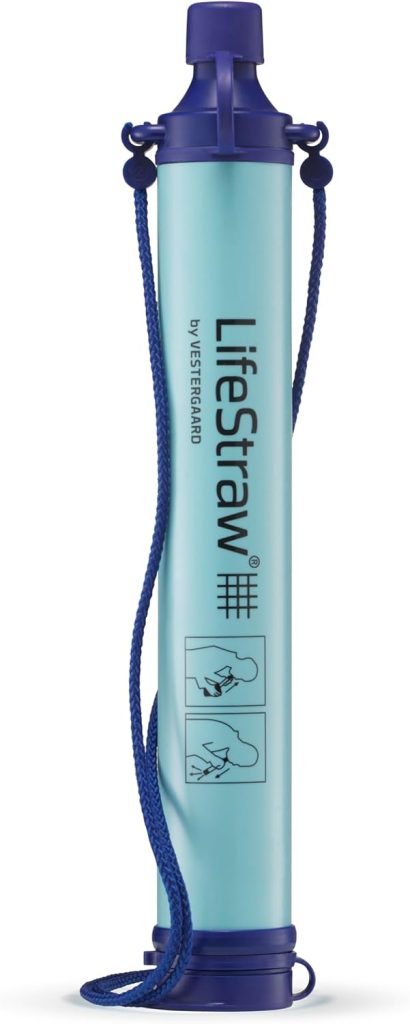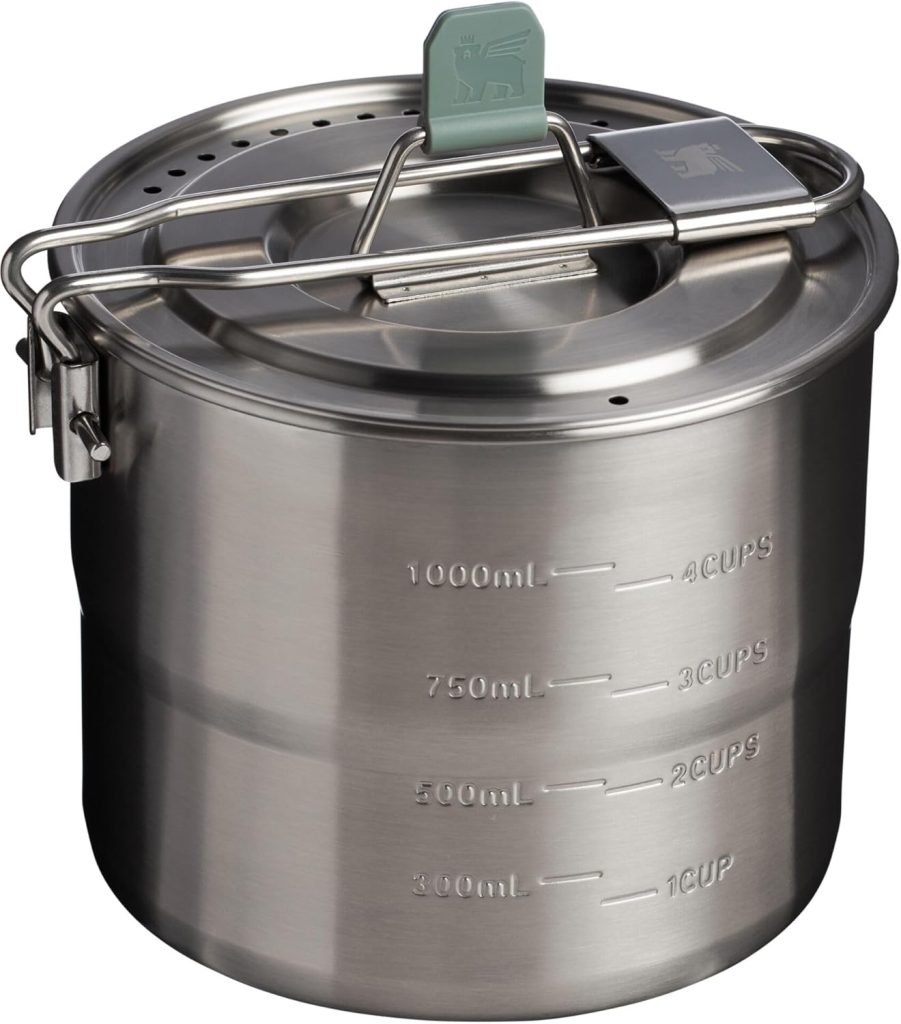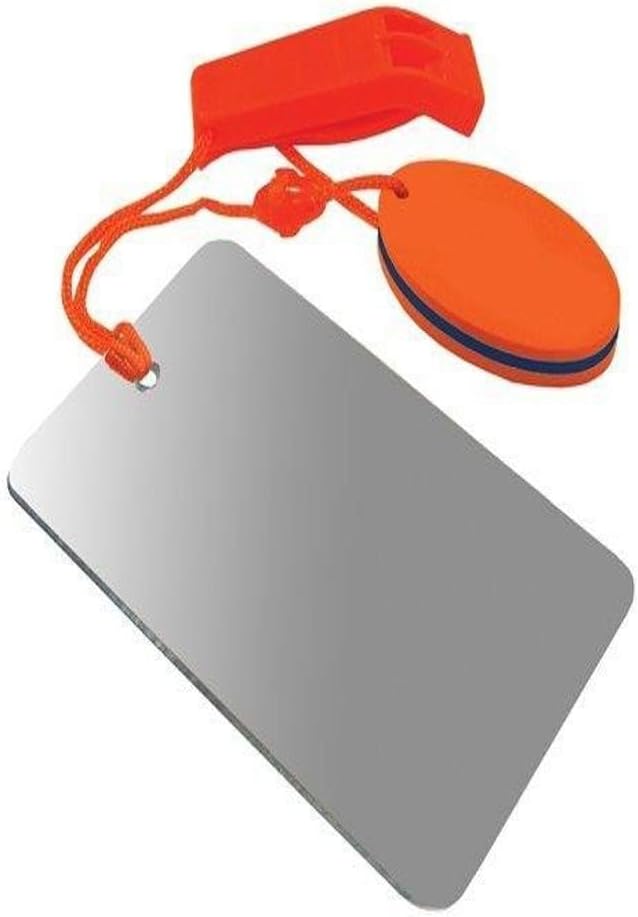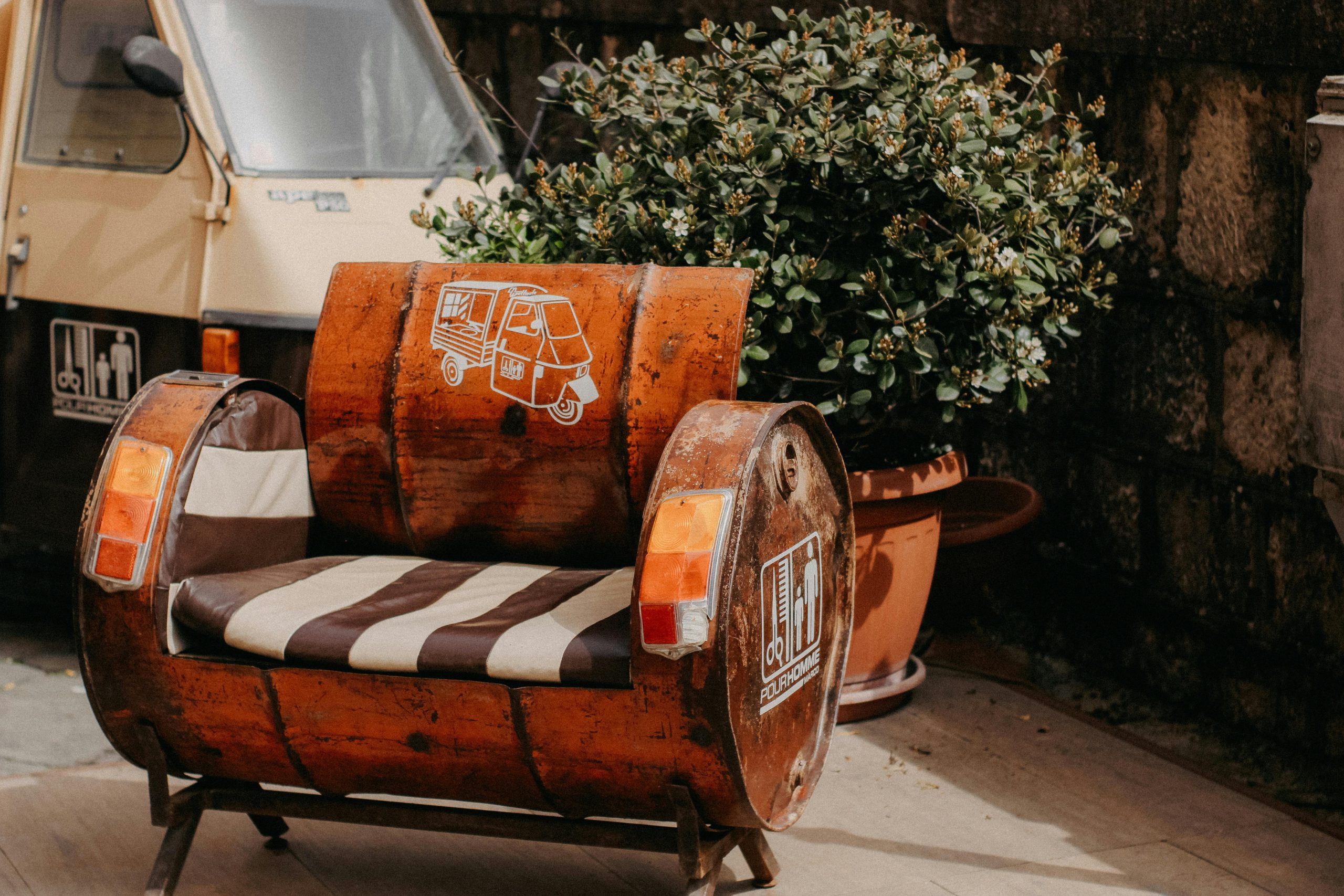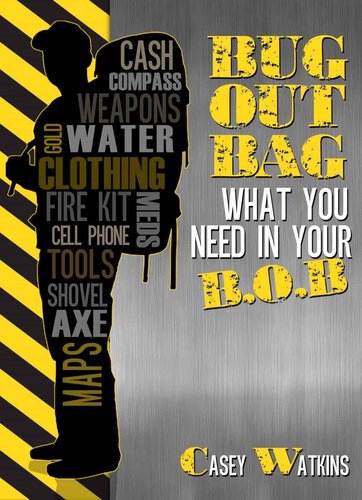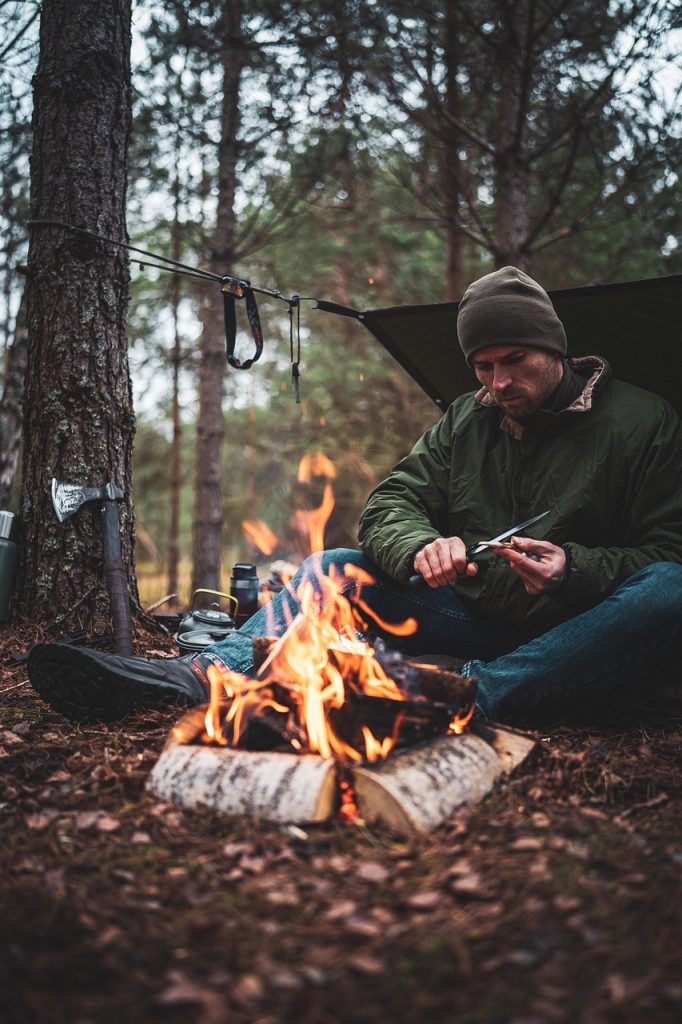
When venturing into the wilderness, having the right bushcraft equipment can mean the difference between thriving and struggling. Whether you’re a seasoned outdoorsman or a beginner in survival skills, certain tools are essential for building shelter, making fire, and sourcing food and water. This article covers the must-have bushcraft gear to keep you safe and self-sufficient in the wild.
1. Cutting Tools: The Backbone of Bushcraft
A good cutting tool is crucial for crafting, processing firewood, and even self-defense. Consider carrying:
- Bushcraft Knife – A fixed-blade knife with a sturdy full tang design is ideal for carving, batoning wood, and general survival tasks. (e.g., Morakniv Garberg or KA-BAR Becker BK2)
- Folding Saw – Useful for cutting larger pieces of wood efficiently without the bulk of an axe.
- Hatchet or Small Axe – Ideal for splitting wood and felling small trees for shelter building. (e.g., Gransfors Bruk Wildlife Hatchet)
2. Fire-Making Tools: Stay Warm and Cook Food
Fire is essential for warmth, cooking, and signaling. A well-prepared bushcrafter carries multiple ways to start a fire:
- Ferrocerium Rod – A durable fire starter that works in all weather conditions.
- Waterproof Matches & Lighter – Reliable backups for emergency fire-making.
- Tinder Sources – Cotton balls soaked in petroleum jelly or fatwood shavings can make fire-starting easier.
3. Shelter & Sleeping Gear: Protection from the Elements
Being exposed to the elements can lead to hypothermia or heat exhaustion. Shelter-building equipment is a must:
- Tarp or Emergency Bivvy – A lightweight, multi-use option for quick shelters. (e.g., SOL Emergency Bivvy)
- Paracord – Useful for tying down tarps, making shelters, and securing gear. Buy US-made paracord!
- Wool Blanket or Sleeping Bag – Provides warmth even when wet. Packable bags save space.
4. Water Filtration & Storage: Hydration is Survival
Safe drinking water is non-negotiable. Make sure you have:
- Water Filter – A portable filter like the Sawyer Mini or LifeStraw removes bacteria and parasites.
- Metal Water Bottle – Stainless steel bottles, like Klean Kanteen, allow you to boil water over a fire for purification.
- Collapsible Water Container – Helps store extra water in camp.
5. Cooking & Food Procurement
While carrying food is essential, knowing how to source and cook it in the wild is just as important:
- Bushcraft Cooking Pot – A metal pot is useful for boiling water and cooking meals. (e.g., Stanley Two Bowl Mess Kit)
- Fishing Kit & Snare Wire – Small, lightweight tools for catching fish and small game.
- Foraging Guidebook – Helps identify edible plants and fungi in your region.
6. Navigation & Signaling
Getting lost in the wild can be dangerous. Stay on track and be prepared to signal for help:
- Compass & Map – A traditional navigation method that doesn’t rely on batteries.
- Headlamp or Flashlight – A reliable light source with extra batteries.
- Whistle & Signal Mirror – Lightweight tools for attracting attention in an emergency.
7. First Aid & Personal Safety
Injuries in the wild can become life-threatening if not treated properly. A compact first-aid kit should include:
- Bandages, Antiseptic Wipes, & Gauze – For wound care. (e.g., Adventure Medical kits)
- Tourniquet & Pressure Dressing – In case of severe bleeding. (premade kits are available)
- Insect Repellent & Sunscreen – Protection from bites and sun exposure.
Final Thoughts: Build a Kit That Works for You
Bushcraft is about adaptability and skill, but having the right gear makes survival much easier. While this list covers the essentials, tailor your equipment to your environment and skill level. Whether you’re practicing in your backyard or heading deep into the wilderness, being well-prepared ensures you can handle whatever nature throws your way.
💬 What’s in your bushcraft kit? Let us know in the comments!
